
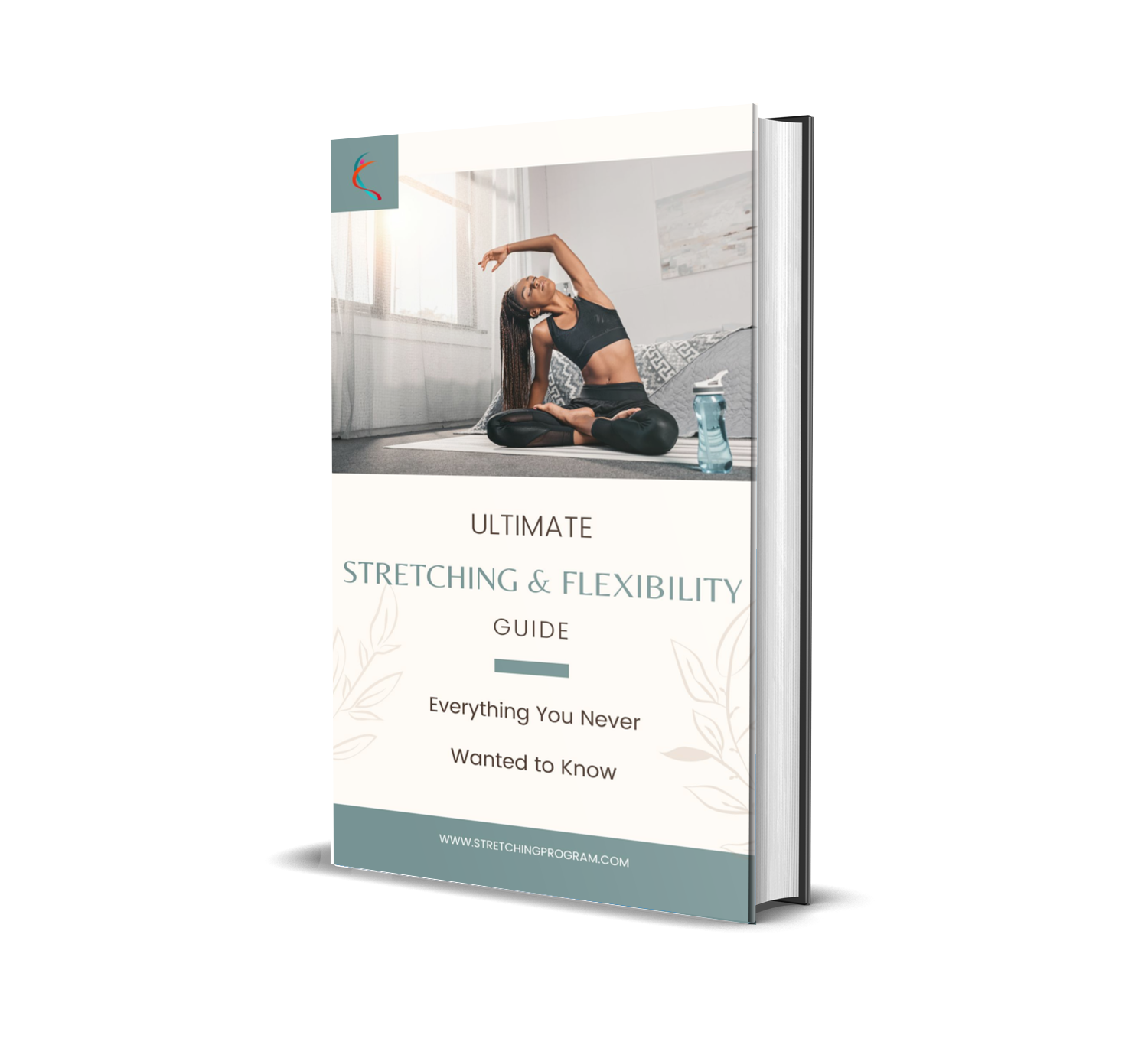
Ultimate Guide to Stretching & Flexibility | Everything You Never Wanted to Know
Original price was: £15.00.£10.00Current price is: £10.00.
Stretching in an exercise program is often the most neglected part of a workout. It is also an aspect of exercise that can be the most beneficial to an individual. Knowing and understanding the benefits of stretching and flexibility is very important to anyone who exercises. The purpose of this paper is to give an in-depth look at stretching and flexibility. Part one will be about the benefits of stretching. Part two will be about types of stretching. The final part will be the factors which affect flexibility. Flexibility is defined as the range of motion around a specific joint or set of articulations. There are seven different types of flexibility. They are dynamic, static-active, static-passive, ballistic, and proprioceptive neuromuscular facilitation.
Dynamic flexibility is the degree of movement that occurs around a joint. Static-active flexibility is the ability to assume and maintain an extended position. Static-passive flexibility is the ability to assume a position while maintaining minimal resistance. Ballistic flexibility is the ability to move into an extended position using a bouncing movement. This type of flexibility uses the body’s momentum to move into an extended position. The momentum is then used to move out of the extended position, which can cause great pain and discomfort. Finally, proprioceptive neuromuscular facilitation (PNF) is the most effective form of flexibility training. This will be discussed in depth during the types of stretching section of this research paper.
Benefits of Stretching
Dynamic stretching increases blood flow and oxygen to soft tissues prior to exertion.
Stretching exercises have been proven to increase flexibility. Flexibility is the ability to move a joint through its full range of motion. Improved flexibility may enhance performance in aerobic training and muscular conditioning, as well as in sport. The development of flexibility is important for healthy, pain-free movement and is an essential component of fitness.
Stretching has a huge number of beneficial effects on the body and is an important part of any health and exercise regime. The main benefits of stretching include improvement in flexibility, increase in physical efficiency, helps in better coordination, decrease in risk of exercise-related injury, and it also helps in reduction of post-exercise muscle soreness. The undersigned has detailed these benefits below.
Types of Stretching
Dynamic stretching involves moving parts of the body through a range of motion. It is an active stretch which takes the body part through movement to its full range of motion. This form of stretching is better to do before activity as it better prepares the muscles and has been shown to decrease the risk of injury.
There are two types of stretching, namely static and dynamic. Static stretching involves placing the body in a position that lengthens a particular muscle. The position is held for 15-60 seconds. Although this form of stretching can be beneficial in increasing overall flexibility, it does little to prepare the body for activity and may increase the risk of injury if performed before activity. Static stretching should be done after activity or at a separate time during the day.
Types of Stretching
Factors Affecting Flexibility
3. MUSCLE TIGHTNESS: The main restriction to range of motion is muscle tightness. This has been the focus of the majority of recent research on flexibility. It is a common observation that women tend to be more flexible than men. This is not due to a gender difference in the musculoskeletal system, but is instead related to the level of tightness in the muscles. In general, men have a greater amount of muscle mass than women. This has led to an emphasis on strength development as a male characteristic.
When a muscle is strength trained it becomes larger and because muscle takes up less space than fat this increase in muscle mass leads to an increase in density and size of the muscle. This can restrict range of motion at a joint by altering the length-tension relationship of the muscle. The length-tension relationship states that the tension in the muscle is proportional to the length of the muscle, but is inversely proportional to its potential to contract.
This means that the muscle is at its tightest when it is in the middle of its range of motion. In this case, a tight muscle restricts movement by its intrinsic resistance to being lengthened as it is at a higher tension and can only be lengthened by contraction of the muscle in the opposite direction, something which is often difficult to do. A muscle that is tight in this way is more susceptible to damage during eccentric muscle actions. This has led to the common belief that strength training has a negative effect on flexibility.
2. AGE: Flexibility tends to decrease with age. Some of this is due to the accumulation of damage in the connective tissues that cross joints. However, much of the loss of range of motion can be attributed to disuse. Older adults tend to be less active and thus have a lower requirement for the range of motion needed in certain activities. In these cases there is a loss of flexibility because it is being maintained at a level lower than that which is required. An adult can lose 20-40% of the range of motion about a joint that is needed for a particular activity before the performance of that activity is impaired.
1. JOINT STRUCTURE: It is largely a mechanical issue. If a joint is composed of two flat bones, such as the vertebrae, the movement between those bones will be strictly gliding. These are called “gliding joints”. At the other extreme are ball and socket joints, such as the hip. These allow movement in all directions and are therefore capable of a larger range of motion. This structural variation between joints restricts the range of motion that is possible at a joint and differs between individuals.
Flexibility, the range of motion about a joint, is clearly an important aspect of physical fitness. It is therefore surprising that there has been considerable controversy about what is needed to develop and maintain a proper range of motion. Part of this controversy is due to a lack of agreement about what constitutes an adequate range of motion, with individuals differing widely in their needs for a particular activity. Flexibility is highly specific to each joint and depends on a balance of strength and tightness in the muscles crossing that joint. There are a number of reasons why individuals differ in their flexibility. These are generally discussed in terms of factors that restrict joint range of motion.

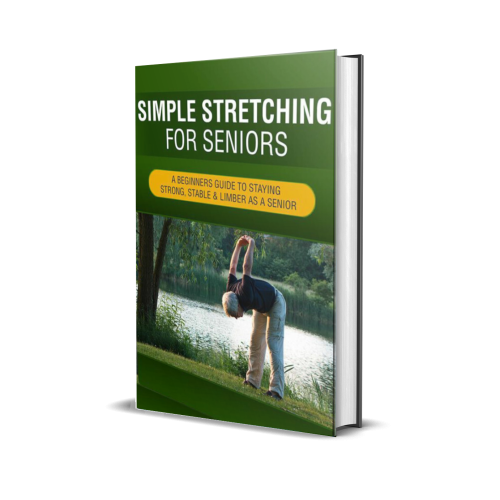
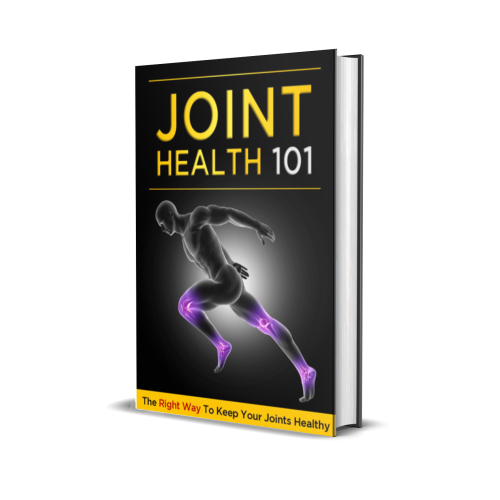
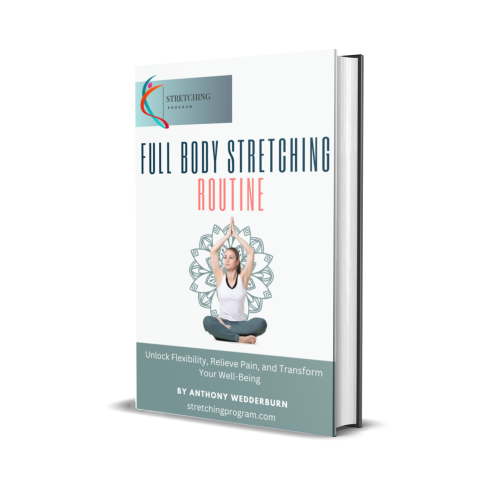
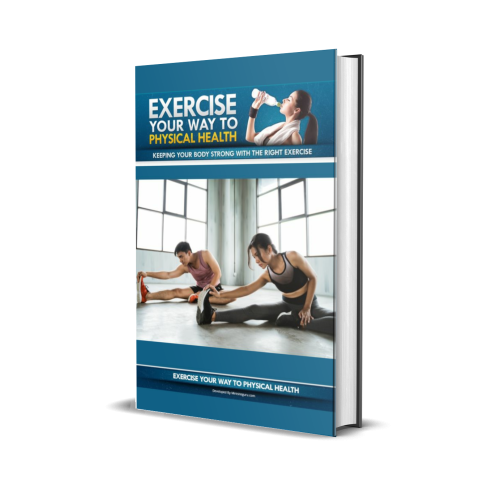
Reviews
There are no reviews yet.